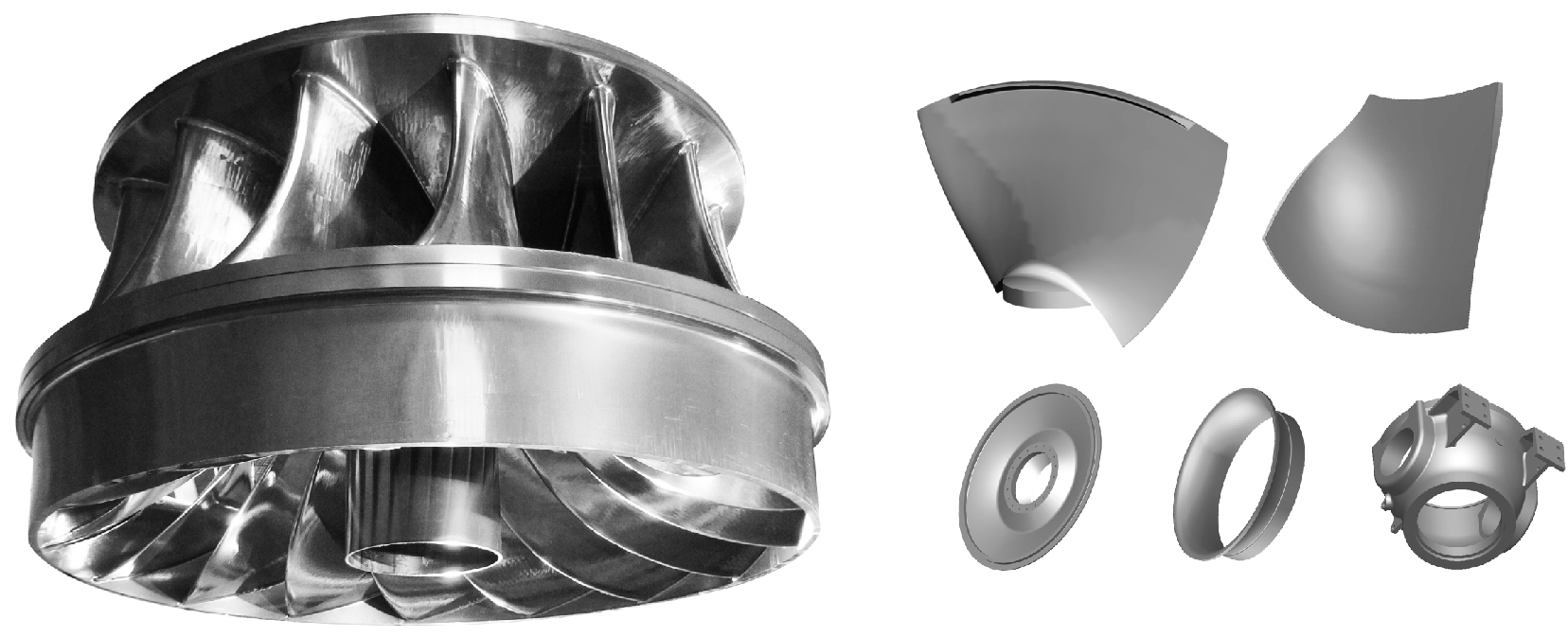E- בריוו פֿאָרמאַט טעות
emailCannotEmpty
emailDoesExist
pwdLetterLimtTip
inconsistentPwd
pwdLetterLimtTip
inconsistentPwd

נייַעס
What are the Commonly Used Polishing Methods for the Production of Aluminum Alloy Die Castings?
Mechanical polishing
Mechanical polishing is a polishing method, which removes the protruding parts caused by the plastic deformation of the material surface after polishing by cutting, to obtain a smooth surface. Generally, oilstone strips, rough wheels, sandpaper, etc. are mainly operated manually. If the surface quality is required to be high, ultra-precision polishing can be used.
Special abrasive tools are used for ultra-precision grinding and polishing in aluminum alloy die casting production. In the grinding and polishing liquid containing abrasive, it is tightly pressed on the machined surface of aluminum alloy die castings for high-speed rotation. Ra0 008 can be achieved by using this technology μ. The surface roughness of M is the highest among various polishing methods, which are often used in optical lens molds.

Chemical polishing
Chemical polishing is to make the micro convex part of the surface of aluminum alloy die castings dissolve in the chemical medium before the concave part, to obtain a smooth surface. The main advantage of this method is that it does not need complex equipment, can polish aluminum alloy die castings with complex shapes, and can polish multiple aluminum alloys die castings at the same time, with high efficiency. The core problem of chemical polishing is the preparation of the polishing solution. The surface roughness obtained by chemical polishing is generally 10 μ m.
Electropolishing
The basic principle of electropolishing is the same as chemical polishing, that is, the surface is smooth by selectively dissolving the small protrusions on the surface of the material. Compared with chemical polishing, it can eliminate the influence of cathode reactions, and the effect is better. The electrochemical polishing process is divided into two steps:
- After macro leveling, the dissolved products diffuse into the electrolyte, and the surface geometric roughness of aluminum alloy die castings decreases, RA > 1 μ m.
- Low illumination level, anode polarization, improved surface brightness, RA < 1 μ m.
Ultrasonic polishing
The aluminum alloy dies castings are put into the abrasive suspension and placed together in the ultrasonic field. Relying on ultrasonic vibration, the abrasive is ground and polished on the surface of aluminum alloy die castings. The macro force of ultrasonic machining is small, which will not cause deformation of aluminum alloy die castings, but it is difficult to manufacture and install tooling. Ultrasonic machining can be combined with chemical or electrochemical methods.
Based on solution corrosion and electrolysis, ultrasonic vibration is used to stir the solution to separate the dissolved products on the surface of aluminum alloy die castings, and the corrosion or electrolyte near the surface is uniform; The cavitation effect of ultrasonic wave in liquid can also inhibit the corrosion process, which is conducive to the bright surface.
Fluid polishing
Fluid polishing relies on high-speed flowing liquid and its abrasive particles to wash the surface of aluminum alloy die castings to achieve the purpose of polishing. The commonly used methods are abrasive jet machining, liquid jet machining, hydrodynamic grinding, and so on.
Hydrodynamic grinding is driven by hydraulic pressure, which makes the liquid medium carrying abrasive particles flow back and forth at high speed on the surface of aluminum alloy die castings. The medium is mainly made of a special compound (polymer-like material) mixed abrasive with good fluidity under low pressure. The abrasive can be silicon carbide powder.
Magnetic grinding and polishing
Magnetic abrasive polishing is to grind aluminum alloy die castings by using magnetic abrasive to form a grinding brush under the action of the magnetic field. This method has the advantages of high processing efficiency, good quality, easy control of processing conditions, and good working conditions. With appropriate abrasive, the surface roughness can reach Ra0 one micron.
Searching for an apex aluminum die casting, aluminium rotor die casting process, aluminum die casting market supplier, wholesaler, manufacturer from China, you can get high-quality products at a nice price.

